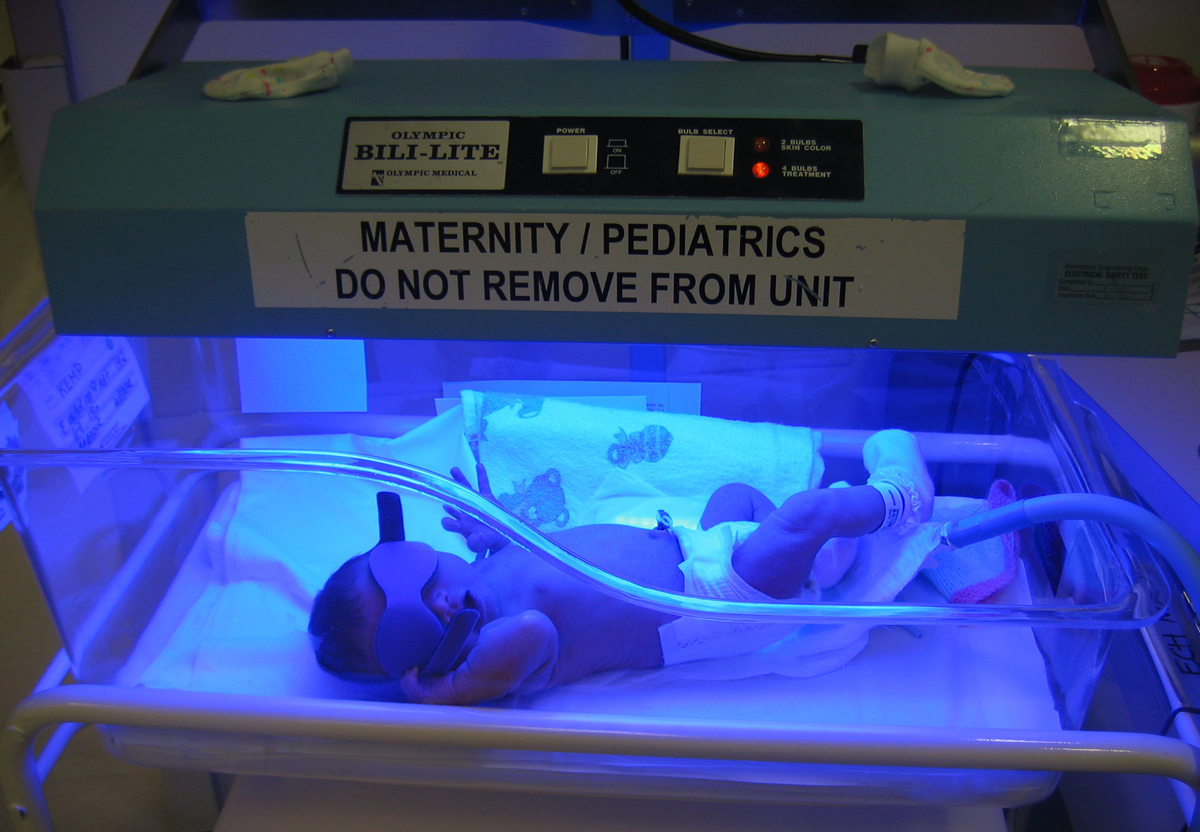| name | Phototherapy |
| Classification | Physiological treatment, not a drug |
| Pharmacokinetics | Phototherapy does not involve absorption, distribution, metabolism, or excretion in the traditional pharmacokinetic sense. The effect is mediated by the direct action of light on the skin and body tissues. |
| suggested dosage | Dosage is highly variable and depends on the specific condition being treated (e.g., jaundice in newborns, psoriasis), the intensity and wavelength of light used, and the patient's response. Detailed treatment protocols should be followed by medical professionals. |
| indications | | 1 | Treatment of neonatal jaundice (hyperbilirubinemia) | | 2 | Treatment of certain skin conditions like psoriasis, eczema, vitiligo, and other dermatological conditions | | 3 | Photodynamic therapy for certain cancers (this is a different mechanism of action than general phototherapy) | | 4 | Treatment of some types of acne |
|
| safety in pregnancy | Phototherapy is generally considered safe during pregnancy, but this depends on the specific indication and intensity of light used. Consult with a doctor for pregnant patients. |
| safety in breastfeeding | Phototherapy is generally considered safe for breastfeeding mothers, but close monitoring and potential adjustments to feeding schedule are recommended. Consult with a doctor or lactation specialist for detailed guidance. |
| side effects | | 1 | Skin irritation or rash (erythema) | | 2 | Skin dryness and/or itching | | 3 | Possible temporary tanning or darkening of skin | | 4 | Excessively high temperatures, if not monitored properly | | 5 | In newborns, potential for retinal damage with improperly administered treatment. (extremely rare) |
|
| alternatives | | 1 | In the case of neonatal jaundice, other treatments like exchange transfusions may be considered in certain severe cases, but this is usually under the guidance of a neonatologist. | | 2 | For certain skin conditions, topical medications, other light therapies, and systemic medications may be used. | | 3 | Alternative treatments for acne exist and should be discussed with a dermatologist. | | 4 | For photodynamic cancer therapy, other treatment options are available |
|
| contraindications | | 1 | Patients with known hypersensitivity to light | | 2 | Pregnant or breastfeeding mothers and/or newborns require careful monitoring and guidance from healthcare providers to avoid complications. |
|
| interactions | Limited drug interactions exist in the case of phototherapy used as a light treatment. However, the light may have a minor effect on the metabolism of some medications, and patients should disclose all medications they are taking to their doctor. |
| warnings and precautions | | 1 | Close monitoring of the patient is essential during phototherapy, particularly in infants and patients with pre-existing skin conditions or medical issues. | | 2 | Proper shielding of eyes and sensitive areas of the skin are critical, as well as close monitoring of temperature. | | 3 | Patients undergoing phototherapy for skin conditions should take precautions to avoid direct sunlight and use sunscreen. This can exacerbate skin irritation. |
|
| additional information | Phototherapy is not a one-size-fits-all treatment. Proper dosage and light parameters must be meticulously selected and monitored by healthcare professionals. |
| patient specific considerations | | age | 25 | | weight | 70 kg | | notes | The information above relates to the treatment itself. Specific medical and safety advice should always be obtained from a medical professional before undergoing phototherapy. For patients with potential skin conditions, the age and weight of the patient are not directly applicable to the treatment. |
|

